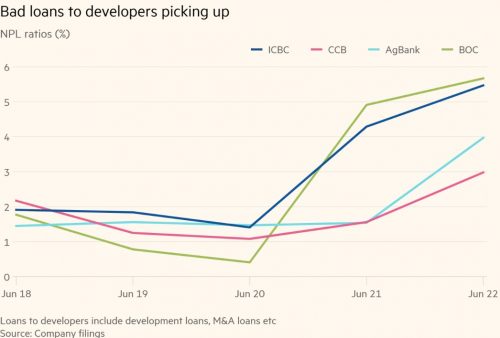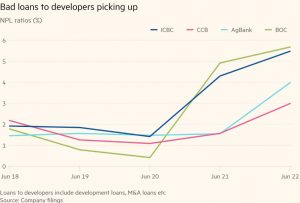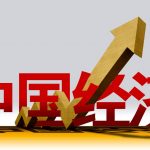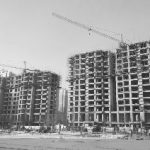中国四大银行因不良贷款吃痛
China’s biggest four banks feel property pinch from failing loans
过去一年,随着房地产市场的流动性危机蔓延至金融业,房地产不良贷款余额增加了逾50%,对中国四大银行造成了冲击。
中国最大的几家银行——中国工商银行(ICBC)、中国建设银行(CCB)、中国农业银行(ABC)和中国银行(BoC)——上周报告,截至6月底,房地产不良贷款余额总值达1366亿元人民币(合200亿美元),高于去年同期的900亿元人民币。
不断恶化的房地产业危机导致的不良贷款增加,正在恶化中国银行业(总资产达367.7万亿元人民币)的资产质量。除了坏账之外,随着全球第二大经济体增长放缓,中资银行面临的另一个问题是其最优质的企业和零售客户的贷款需求减弱。
China’s biggest four banks have been hit by a more than 50 per cent increase in overdue loans from the property sector over the past year, as the real estate market’s liquidity crunch spills into the financial sector.
China’s top lenders — the Industrial and Commercial Bank of China, China Construction Bank, Agricultural Bank of China and Bank of China — last week reported combined overdue property loans of Rmb136.6bn ($20bn) at the end of June, up from Rmb90bn at the same time last year.
The rise in bad loans from the deteriorating property crisis is worsening asset quality across China’s Rmb367.7tn banking industry. Beyond bad debts, the banks are also suffering from weakening loan demand from their best corporate and retail clients as growth slows in the world’s second-biggest economy.
“We see multiyear structural [return on equity] decline as banks retreat from the property sector amid stalled projects, mortgage boycotts and heightened regulations,” Macquarie analyst Dexter Hsu wrote in a note to clients.
China’s “Big Four’‘ lenders are systemically important institutions and the backbone of China’s financial sector. They are among the world’s biggest banks, holding about 36 per cent of the country’s deposits and issuing a third of its loans. Beijing depends on the groups to stabilise the country’s economy and trusts them to faithfully implement monetary policies.
The size and relatively stable health of the Big Four banks has given Chinese authorities confidence as they try to orchestrate a soft landing for failing companies in the property sector, which accounts for about 30 per cent of national gross domestic product.
However, Hsu said that while banks’ loans to developers accounted for 4 per cent to 9 per cent of their total loans, it will probably become “the major source” of new non-performing loans in the next two years, driving up credit costs for the banks.

“We believe the real exposure to developers could be much bigger than reported because they extended credits to the developers via proprietary investments and off-balance-sheet credits like wealth management products, trust products, private funds and private bonds,” he added.
Exacerbating the gloomy picture, Beijing’s economic planners have called on state banks to take an earnings hit by offering lower interest rates to support homebuyers and businesses. They have also been told to set aside more financial support and resources to help deliver unfinished homes.
A senior official at one of the Big Four lenders said the state of the property market meant that the banks had “no incentive” to boost lending to the sector despite pressure from Beijing.
“Our cost of capital is still too high. We have no incentive to beef up lending even though the regulator asked us to do so. The more loans we issue, the more [non-performing loans] we will have. The return on our lending business has gone down a lot while NPLs are taking off,” the person said.
According to the exchange filings, Agricultural Bank of China and China Construction Bank were the worst affected, suffering increases in bad loans to the sector of 152 per cent and 97 per cent from a year ago, respectively.
The underlying risks for mortgages, once considered among the banks’ safest assets, are rising too, partially because of the increasing pace of defaults by homebuyers, including a country-wide payments boycott on unfinished homes.
At CCB, overdue mortgages that were boycott-related reached Rmb1.14bn at the end of July, said Li Jun, vice-president of the bank. AgBank said it was facing Rmb1.23bn in overdue loans affected by the boycott, nearly double its previous estimate three months ago.
Despite the property sector hit, China’s largest banks reported modest first-half net profit gains of 4.9 to 6.3 per cent year on year and were still among the most profitable listed companies in China at the end of June.








